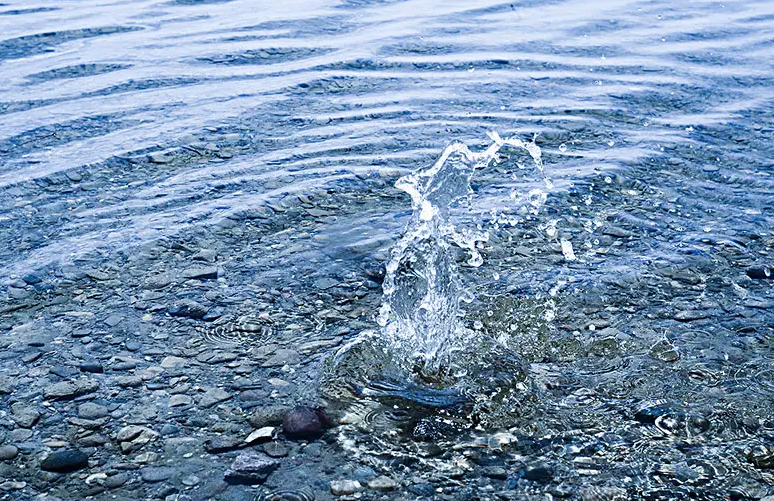Step 1 – Water Requirement
The first step in designing a solar powered water pump system is to determine the overall water requirement for the operation. This can be done in part by using the average water requirement values for various crops and livestock.

Step 2 – Water Source
The configuration of the water system will be defined primarily by the type of water source used, as well as by the local topography and the location of the delivery point The water source may be either subsurface (a well) or surface (a pond, stream, or spring).
If the water source is a well, the following items will need to be determined:
• The static water level.
• The pumping rate and associated drawdown (along with any seasonal variation).
• The water quality.
The drawdown value obtained from the well log should be used to determine the production potential of the well to ensure that the well will be able to supply the operation’s estimated water needs. If the well log indicates an excessive drawdown during the given testing time, the well may not have the capacity to meet the water demands of the project. If the capacity of the well is in question, a complete well test should be performed and the drawdown levels measured for different flow rates.
In addition, the drawdown level should be used when determining the pumping lift and TDH during pumping.
Step 3 – System Layout
The third step in the system development process is to determine the layout of the entire solar powered water pump system, including the locations and elevations of the following components:
• Water source
• Pump
• PV panels
• Storage tanks
• Points of use (i.e. water troughs)
• Pipeline routes
In addition, secure fencing is essential to protect a PV-powered system. Secure fencing provides added protection against vandalism and theft, as well as against advertent damage from wandering wildlife or livestock.

Step 4 – Water Storage
A water storage tank is normally an essential element in an economically viable solar powered water pump system. A tank can be used to store enough water during peak energy production to meet water needs in the event of cloudy weather or maintenance issues with the power system. Ideally, the tank should be sized to store at least a three-day water supply. Multiple tanks may be required if a very large volume of water is to be stored. The area where the tank is to be placed must be stripped of all organic material, debris, roots, and sharp objects, such as rocks. The ground should then be leveled. Six inches of well- compacted ¾ -inch leveling rock underlain by a geotextile fabric should be provided as a base for the water tank. If an elevated platform or stand is required to provide adequate gravity- induced pressure for the water delivery system to operate, the platform or stand will need to be evaluated by a qualified engineer.
Step 5 – Solar Insolation and PV Panel Location
In order to maximize the solar-powered system’s energy production, the panels should be south facing with no significant shading in their vicinity in order to achieve full sun exposure. However, partial shading (e.g., shadows from tall trees) in the distance during the early morning or late afternoon may be unavoidable. The effects of any shading present should be considered when determining the amount of available solar energy. Also consider the potential effects that the slope and aspect of future shading due to continued tree growth may have. The solar array should be placed as close to the pump as possible to minimize the electric wire length (and thus any energy loss), as well as installation costs.